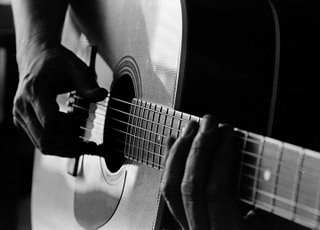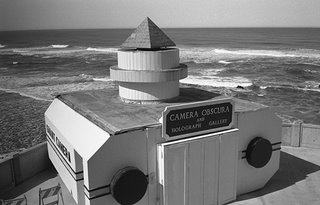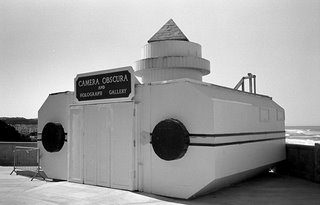I think it’s important to let your photography be a vehicle for learning, for stretching your range of experience. What is interesting is that if you venture out with an open-mind, into the unfamiliar, the uncomfortable, you will inevitably come away with having learned something, with a new appreciation, or with a different perspective.
This attitude can guide us toward some unforgettable experiences and (hopefully) some wonderful photographs. It worked for Diane Arbus. My favorite Diane Arbus quote is from the first line of her famous Aperture monograph:
"My favorite thing is to go where I've never been."
I've always loved how this quote opens her book, a book of work that is a journey, for both the viewer and the photographer, away from the normal, and out to the fringes. It’s a great attitude for a photographer to have, and one that even the lowest rank of us amateurs can adopt and put to use.
I agreed to go to this re-enactment, primarily because it was a Sunday family trip, and also because the real purpose of the family trip was to ride a train through an old growth redwood forest. The re-enactment was just an OBTW happening ocurring on the grounds of this place called Roaring Camp Railroads. I figured I could make a challenge out of it, by doing something photographically different, but I ended up being surprised.
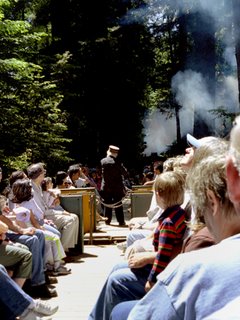
While the train ride was very nice, and a little less than I expected, I have to say that I was very impressed by the re-enactment, particularly the battle scenes (and the canons!). The level of detail and authenticity displayed by the participants also impressed me. They played the part very well, with a consistency that surprised me. For instance this fellow...

...was instructing my daughter on how a man and a woman, back in the 1800's, would hold hands while in public. It was all about showing respect for the woman, and taking care of reputations and appearances. Coincidentally, we later came across this couple:

Now, I swore to myself I wouldn't take pictures like this, but I had to take this one, because a photographer (not me!) was badgering this couple. This photographer had a big ol' DSLR (of course) and was trying to get this fellow to put his arm around the girl and hold her closer to him, but this guy wouldn't do it. He kept saying that his “…father would get mad at him." The photographer wasn't buying it and was getting pushy, but I knew why this guy would not put his arm around the woman. He was playing the part, and there was no way someone was going to catch a picture of him not playing the part. He never did it, and the photographer waved them off and walked away. That level of commitment and dedication to authenticity impressed me. It was something that I found from all of the participants, who actually camped in the park in these little white pup tents. This was serious business to everyone, and that commitment deserved some degree of respect.
All in all it was fun, and I would encourage all of you out there to try to see, not just the photographic potential of a place, or a happening, but also the educational potential and enlightenment (however small) that your photographic pursuits can bring you.
Here are a couple of shots that I'm happy with.
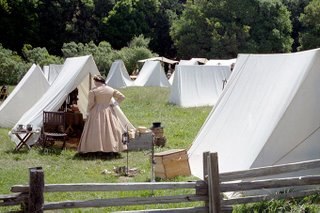

I took two cameras with me. This one, the Konica Hexar AF, had color film (Fuji Superia 200). I’ve several rolls of black and white that once I develop, I’ll post if they’re interesting.


